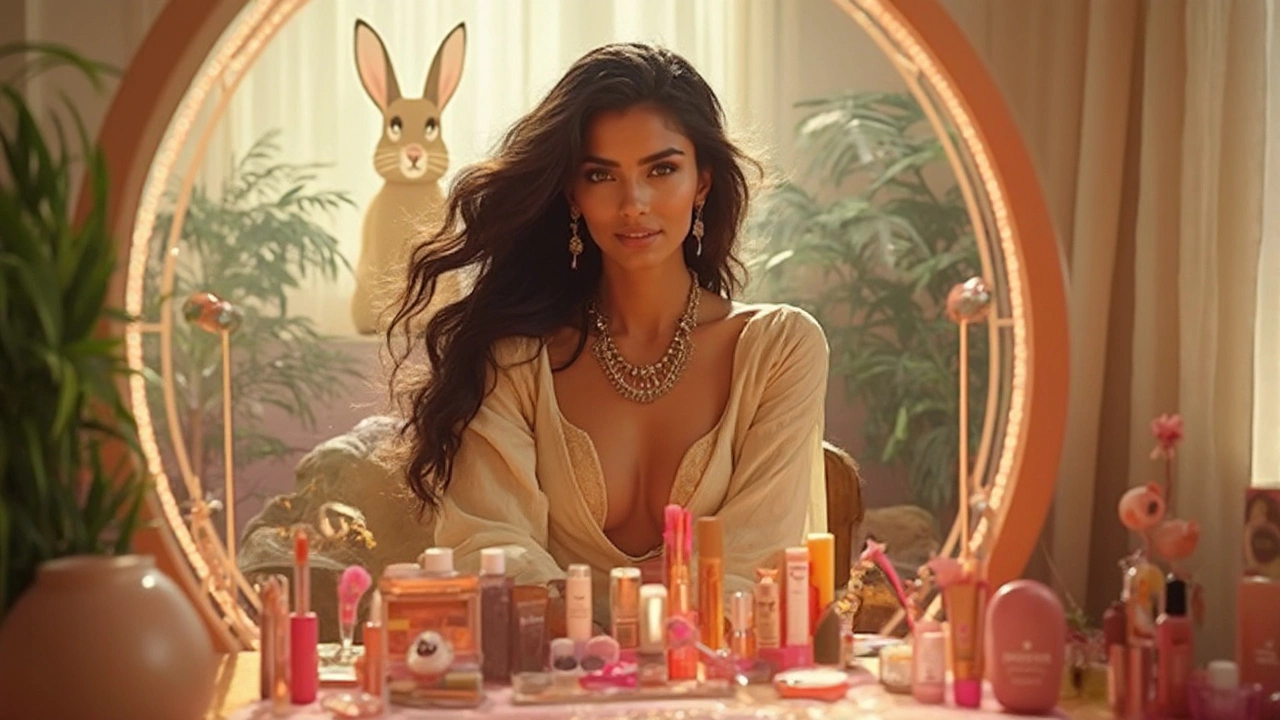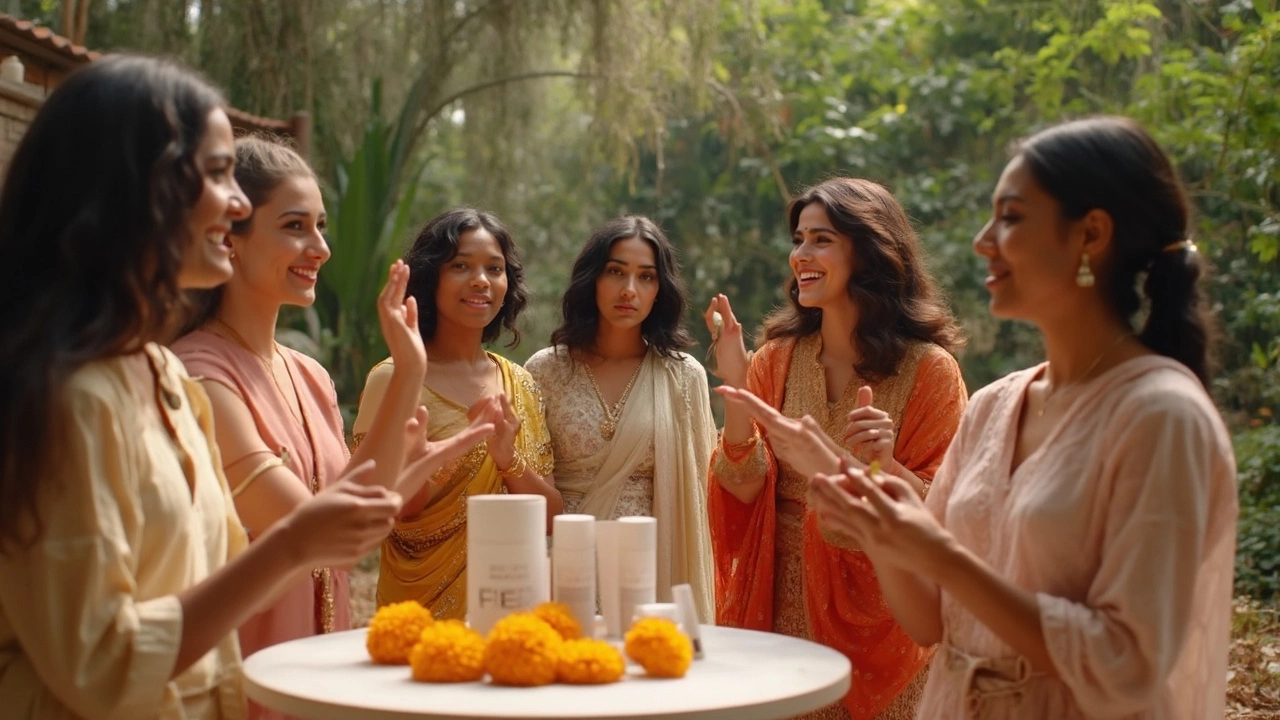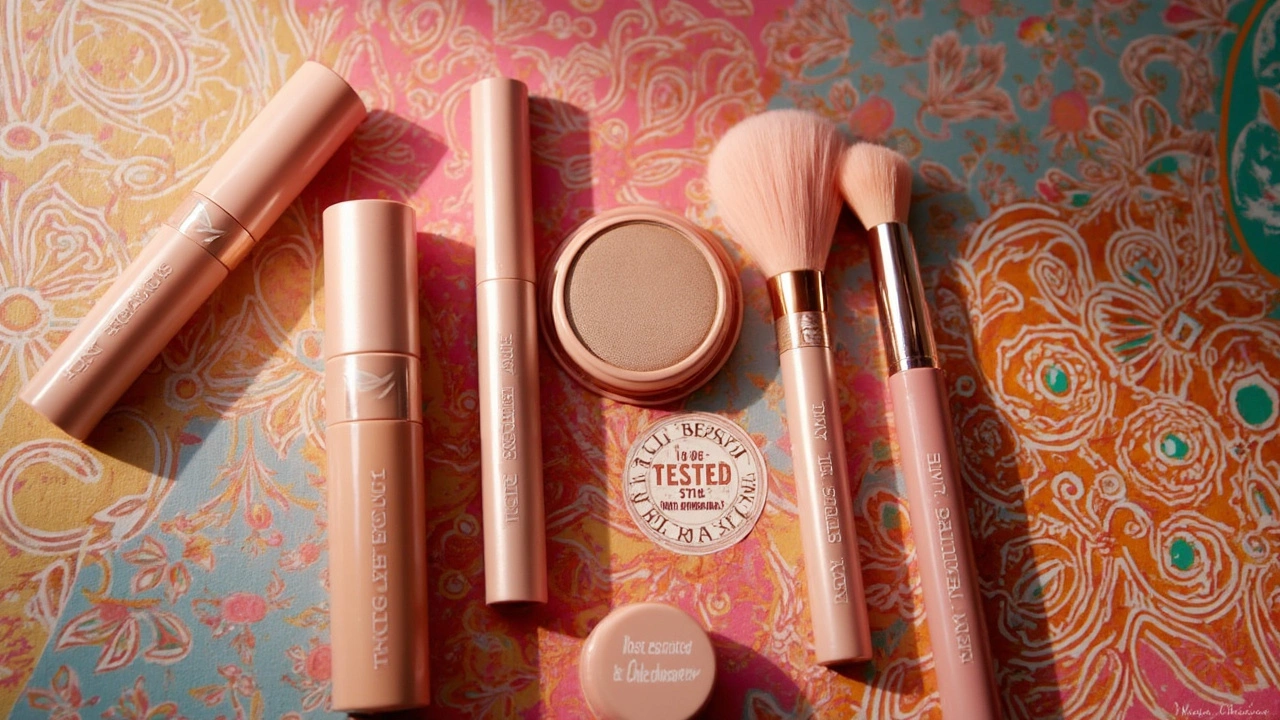
Picture this: you finally snag that Fenty Beauty Gloss Bomb in your must-have shade. But right as you admire the shimmer, a nagging thought pops in—does the brand test on animals? In 2025, animal testing is still a hot topic in beauty, and honestly, sorting fact from fiction can be exhausting. People want to know if their favorite brands, especially huge names like Fenty, stand on the right side of history. Spoiler: the story isn't as clear-cut as you'd hope. Let's break down what really goes into that "cruelty-free" label, and where Fenty stands now.
What Does Cruelty-Free Really Mean in 2025?
First off, "cruelty-free" isn’t just a feel-good slogan. In beauty, it means a brand doesn’t test its finished products, ingredients, or formulas on animals—at any point. It also means the brand won’t allow anyone else, anywhere in the world, to do it for them. Sounds simple, right? Not so fast. Different organizations, from Leaping Bunny to PETA, each have their own criteria for granting that little bunny logo.
If you see "cruelty-free" on a label, dig deeper. Does the company self-certify or have they passed third-party audits? Leaping Bunny is the gold standard for transparency, requiring brands to trace the entire supply chain for animal testing at all stages. PETA’s database is another go-to, though their standards are a bit lighter. The game-changer in 2025 is the growing pressure for brands to be cruelty-free worldwide, not just in Western countries. Asia, particularly China, has been the roadblock—imported cosmetics used to require animal tests by law. But things are shifting. In 2021 China relaxed some rules, but loopholes remain for certain beauty categories.
So, if you care about cruelty-free shopping, ask two things: is the brand certified by a reputable body, and does it sell in countries with mandatory animal testing? It’s not enough for a brand to say "We don’t test on animals." Actions and third-party seals speak louder than words in this space.
Fenty Beauty: Brand Story and Approach to Ethical Beauty
Rihanna’s Fenty Beauty exploded onto the scene in 2017, and hasn’t slowed down. Its message? Beauty for everyone—a huge shift in an industry obsessed with sameness. The foundation launch made 40 shades an industry standard, not a bonus. But inclusivity isn’t just about skin tone. For many fans, it’s about ethics: does Fenty match its bold image with a commitment to animal welfare?
On Fenty Beauty’s own site as of June 2025, the company states: "Fenty Beauty does not test on animals, nor do we allow suppliers or affiliates to conduct testing on our behalf, except where required by law." That last phrase—“except where required by law”—triggers a lot of debate. It usually signals that a brand sells products in markets like mainland China, where animal testing rules still apply for imported special-use cosmetics. Fenty has, in interviews and public statements since 2021, said they don’t test on animals themselves and expect partners to follow the same. But their global reach means the brand is still subject to laws in other regions, and they haven’t made the leap to earning Leaping Bunny or PETA’s strictest certifications.
Here’s a little-known fact: Fenty Beauty is owned by LVMH, a luxury conglomerate that also houses brands like Dior and Givenchy. LVMH brands’ cruelty-free status is patchy, and historically, some have been slow to adapt to cruelty-free protocols. Rihanna’s star power has pushed Fenty to be more vocal, but complete third-party certification is still missing. If you want absolute guarantee—think wallet-backed transparency—you’d expect to see Fenty on certified cruelty-free lists. For now, you won’t.

Does Fenty Sell in China? Understanding 2025’s Global Animal Testing Laws
Here’s where it gets complicated. Back in the early 2000s, China insisted every imported cosmetic had to be tested on animals before hitting store shelves. Several big brands pulled out of the Chinese market in protest, while others quietly complied. In 2021, China started to relax laws for non-special use cosmetics like basic makeup and shampoo, provided the brand jumps through hoops—warnings like providing safety data and not making anti-aging claims.
As of summer 2025, Fenty Beauty is officially available in mainland China—largely through e-commerce platforms. Some of its products can be shipped, but not every item. If a product falls under “special use” (like sunscreens, hair dyes, or anything making strong efficacy claims), animal testing could still be required. Brands navigating China’s legal maze often use opaque language, saying things like "except where required by law." Without a clear breakdown of which products are subject to which rules, it’s tough to guarantee no animal testing ever happens in Fenty’s global supply chain.
One way savvy shoppers check is by looking for recent PETA or Leaping Bunny updates. As of June 2025, neither has re-listed Fenty Beauty as fully cruelty-free. Sure, there are rumors of better compliance, but nothing on paper yet. And while Chinese laws have improved, some experts warn there are still post-market testing risks—if a product causes consumer complaints, Chinese authorities can order new animal tests. So the global reality is tricky, especially for a huge, international brand that thrives on universal access.
What About Fenty’s Ingredient List? Is Fenty Vegan-Friendly?
"Cruelty-free" and "vegan" often get tangled up, but they aren’t the same thing. Cruelty-free is all about products not being tested on animals. Vegan goes a step further: no animal-derived ingredients at all—not even beeswax or carmine (a red pigment from bugs, by the way). Fenty Beauty’s official FAQ clarifies the difference, but does that mean everything in their range is vegan?
Short answer: No, not every Fenty Beauty product is vegan. Several formulas contain animal-derived ingredients or by-products. For example, the Mattemoiselle Lipsticks have shades with carmine, which gives some shades a vivid pop of red. Some formulas might contain beeswax, lanolin, or other animal-based elements. Good news: Fenty labels its explicitly vegan products right on the site, so you’re not left playing ingredient detective in the drugstore aisle. For anyone with strict vegan values, always check the product page or reach out to customer service for detailed info before adding to cart.
If your main concern is animal testing, then knowing Fenty’s vegan and non-vegan split matters less. But if you want the whole cruelty-free, plant-based vibe, you’ll need to double-check each product. There’s a growing movement in 2025 pushing big beauty brands to offer more vegan options, and Fenty is adding new vegan-friendly launches every year, but the line isn’t entirely animal-free.

How to Shop Ethically: Tips, Tools, and Alternatives for Cruelty-Free Beauty Lovers
So you’re holding that Fenty Gloss Bomb and can’t decide whether it fits your ethical checklist. What’s a modern beauty lover to do?
- Look for third-party seals. If you spot Leaping Bunny, PETA, or Choose Cruelty-Free logos, you’re usually safe. Remember: anyone can claim “cruelty-free.” Certification keeps brands honest.
- Check brand updates regularly. Big brands change policies fast, especially when public pressure ramps up. Setting news alerts or following spring 2025 updates from advocacy groups helps a lot.
- Read the fine print on “except where required by law.” This phrase often points to animal testing loopholes, especially for brands selling in China or regions with strict rules.
- If you’re passionate about both cruelty-free and vegan options, use online tools like Logical Harmony and Cruelty-Free Kitty. They keep real-time lists and spot-check brands’ supply chains.
- Consider supporting indie brands leading the cruelty-free movement. UOMA Beauty, Milk Makeup, and Cover FX all hold third-party cruelty-free seals, many with fully vegan lines as of 2025. If you’re into bold pigment like Fenty’s, these brands deliver.
- Advocate with your wallet. Brands listen when shoppers speak up. Leaving product reviews, emailing customer service, and posting on social media makes brands reconsider old practices.
- If you’re a die-hard Fenty fan but crave change, keep tabs on Rihanna’s advocacy. She’s made noise about inclusive beauty—maybe animal welfare is next on her list.
The flip side: don’t beat yourself up if you haven’t gotten it perfect. The beauty industry is a maze of fine print, changing rules, and half-measures. Every little choice adds up. If you’re switching even one product to a confirmed cruelty-free dupe, you’re pushing the industry in a better direction.
The bottom line is, fenty animal testing is still a question with a complicated answer in 2025. If you want airtight cruelty-free status, Fenty isn’t quite there yet. That doesn’t mean you can’t enjoy your makeup bag—it just means shopping with your eyes open, checking for newer certifications, and holding brands accountable when their answers feel fuzzy. The more people ask, the closer we get to an industry where rabbits stay out of the lab, for good.
 Hair Care
Hair Care